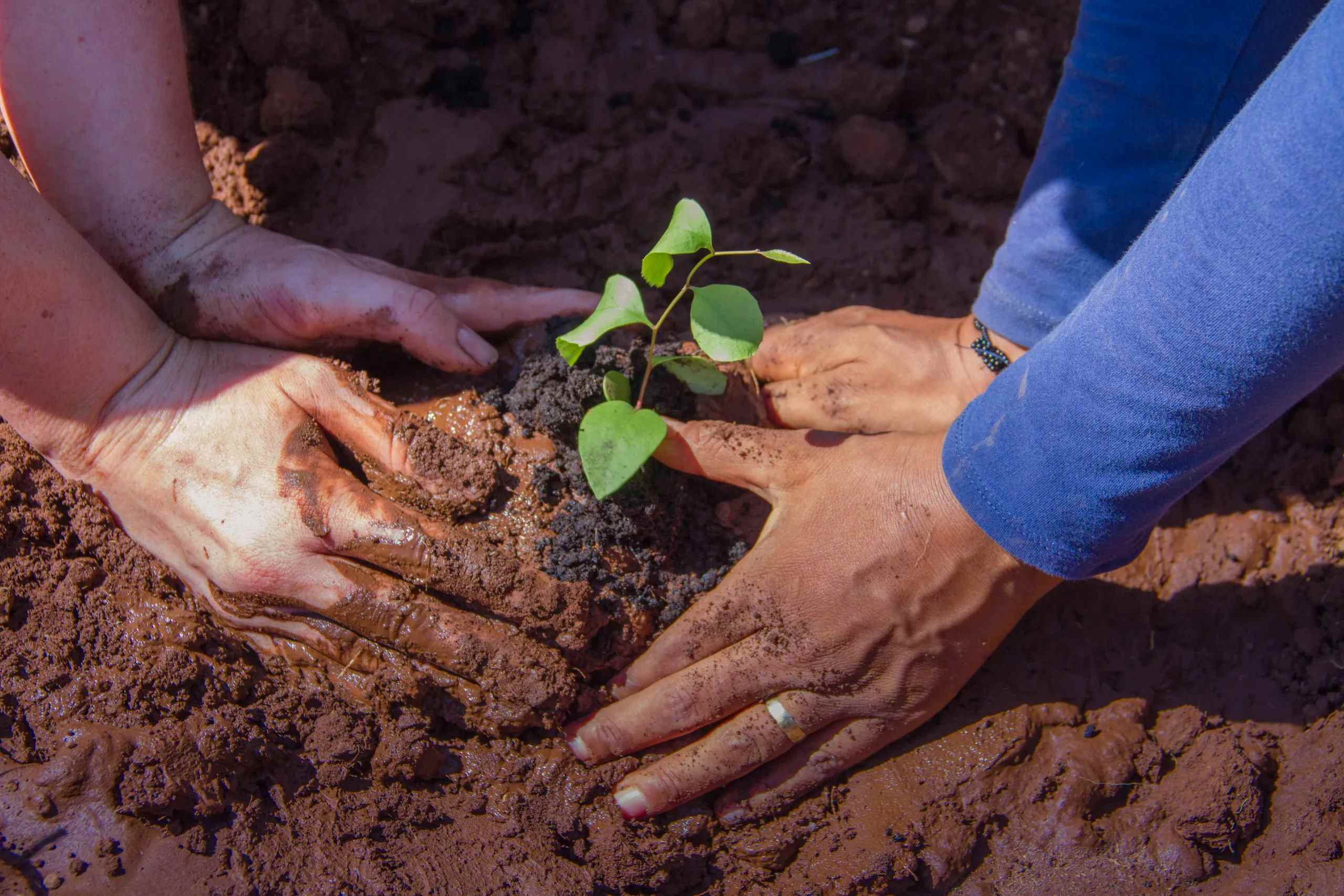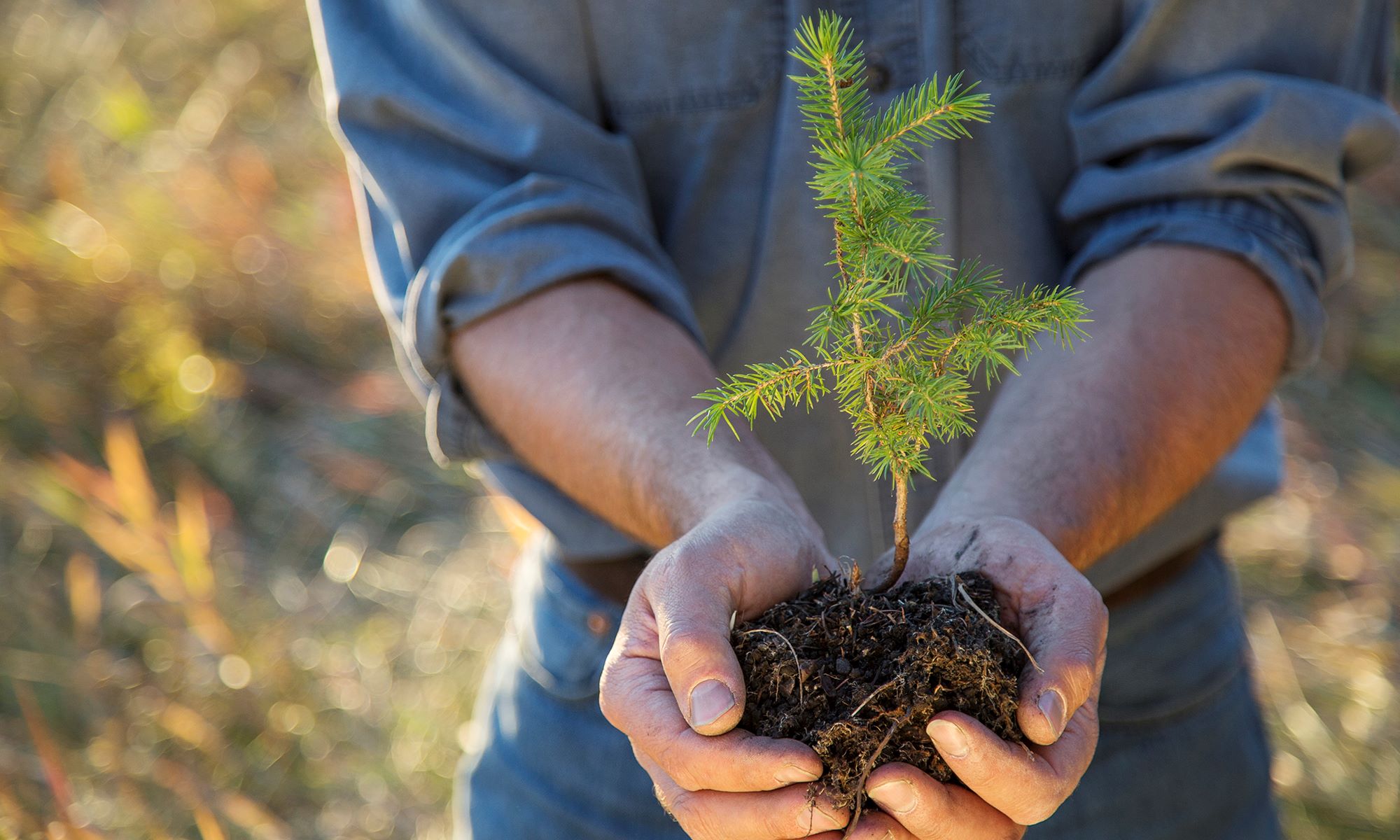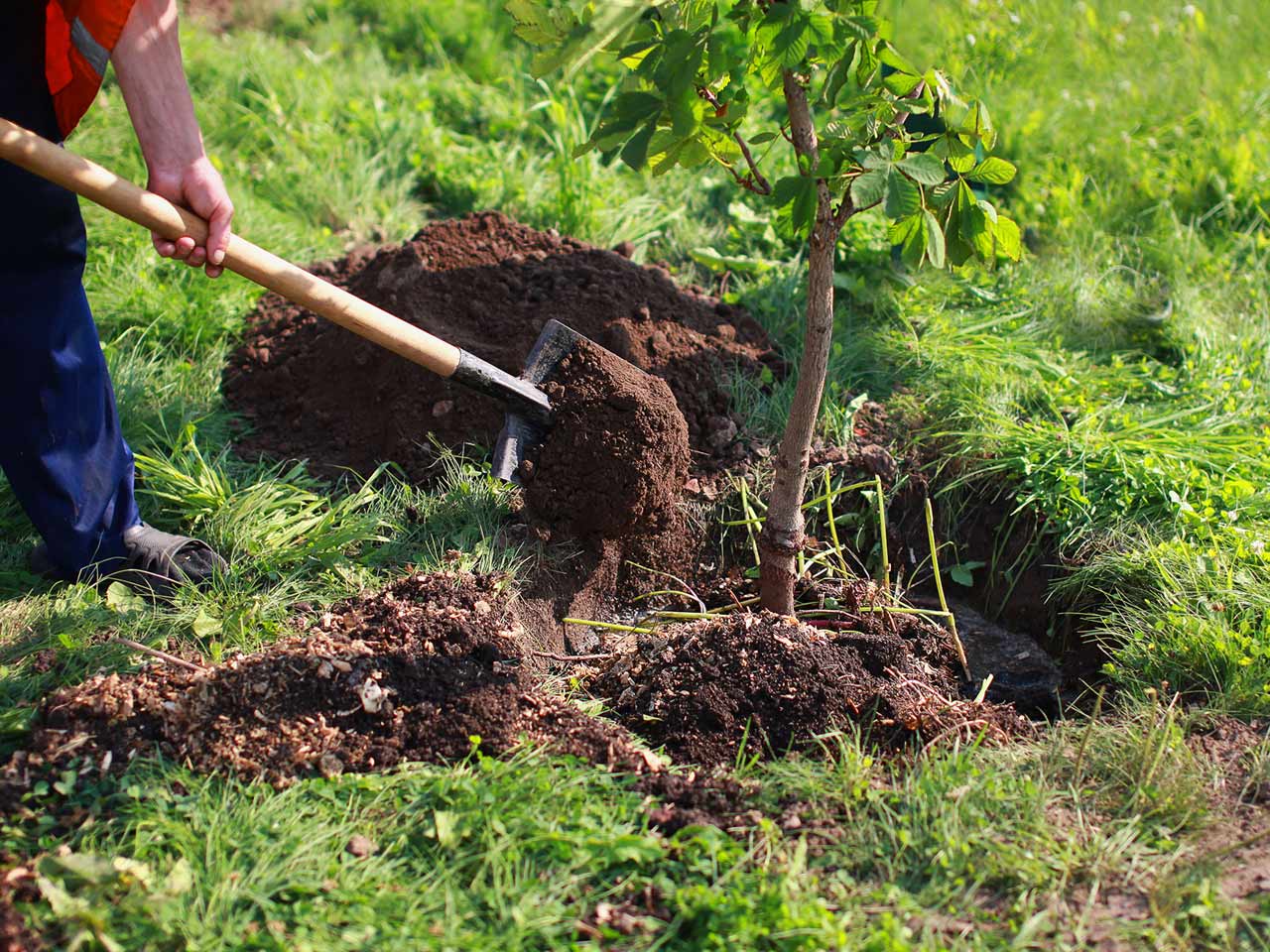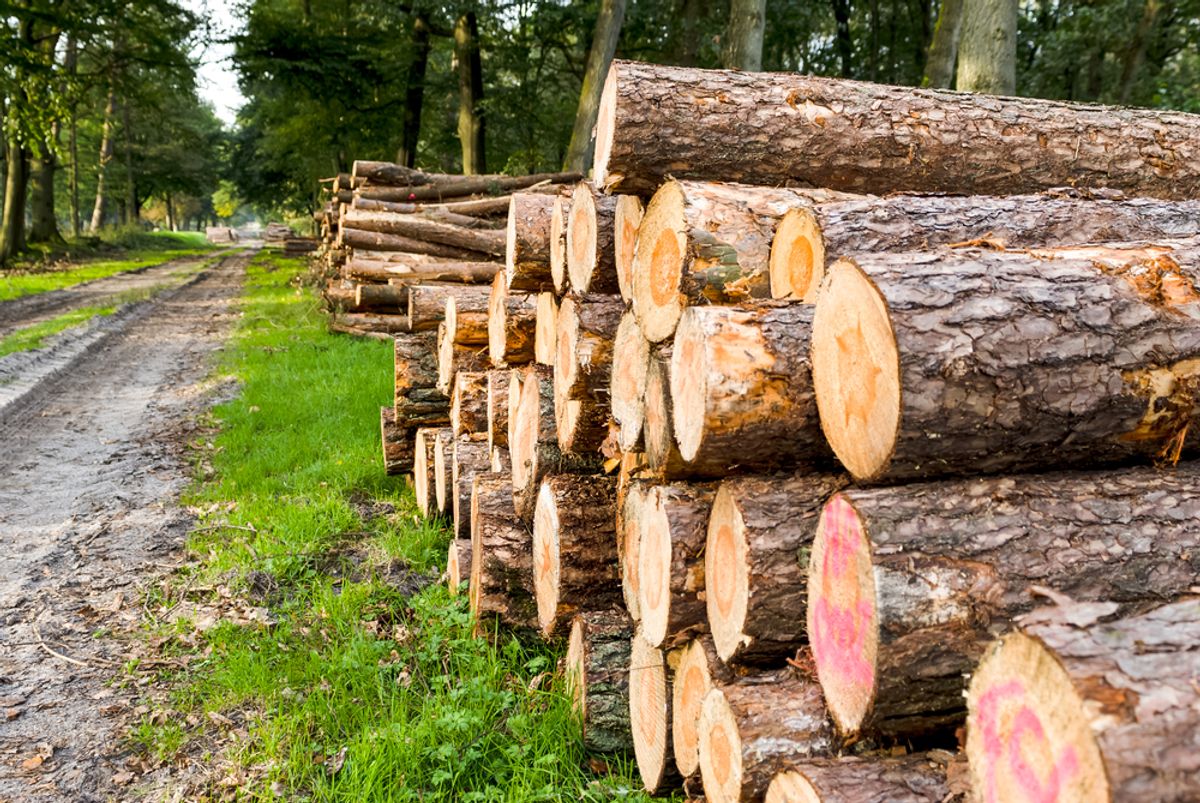Home>Gardening Tips and Tricks>Eco-Friendly Gardening>How Does Planting Trees In Urban Areas Improve Air Quality And Reduce Energy Use?
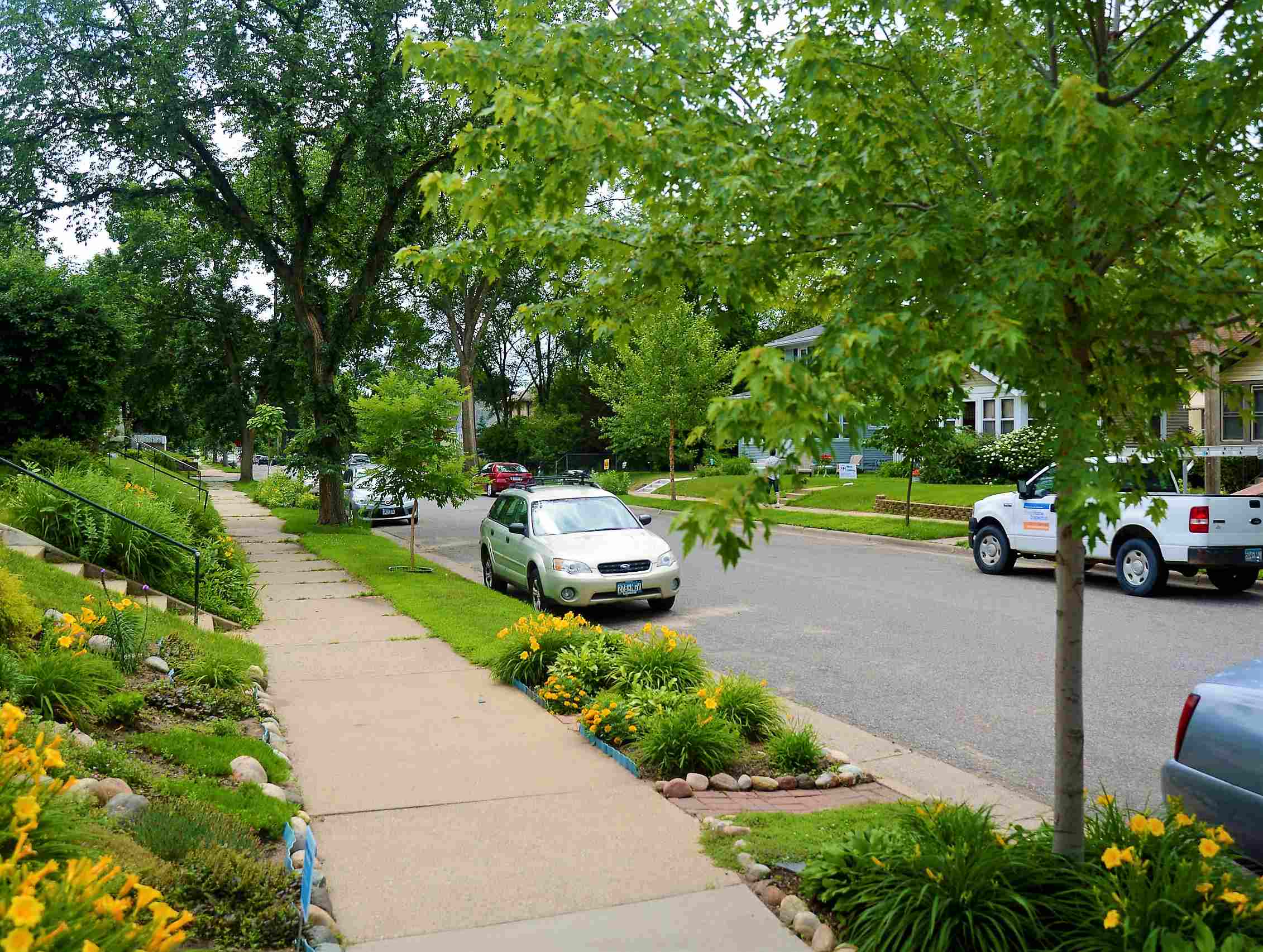

Eco-Friendly Gardening
How Does Planting Trees In Urban Areas Improve Air Quality And Reduce Energy Use?
Modified: January 22, 2024
Learn how eco-friendly gardening practices like planting trees in urban areas can significantly improve air quality and reduce energy consumption.
(Many of the links in this article redirect to a specific reviewed product. Your purchase of these products through affiliate links helps to generate commission for Chicagolandgardening.com, at no extra cost. Learn more)
Table of Contents
Introduction
Urban areas are known for their bustling streets, towering buildings, and fast-paced lifestyles. However, this rapid urbanization comes at a cost, with negative impacts on air quality and energy consumption. The good news is that there is a sustainable solution to address these issues: planting trees in urban areas.
Urban environments are characterized by high levels of pollutant emissions from vehicles, industries, and buildings, which greatly contribute to poor air quality. The accumulation of pollutants can have detrimental effects on the health of residents, leading to respiratory problems, allergies, and other illnesses.
Additionally, urban areas typically experience what is known as the “urban heat island” effect, where the concentration of buildings and concrete surfaces absorbs and retains heat, leading to increased energy consumption for cooling purposes. This results in higher energy bills and a greater demand for electricity.
Planting trees in urban areas has proven to be an effective strategy for mitigating these challenges. Trees act as natural air purifiers by absorbing carbon dioxide and other harmful pollutants, while releasing oxygen into the atmosphere. This helps to improve air quality and create a healthier living environment for residents.
Furthermore, trees play a crucial role in reducing the urban heat island effect. Their canopies provide shade, reducing the amount of direct sunlight that reaches the ground and lowers surface temperatures. This can lead to a significant reduction in energy consumption for cooling buildings and ultimately, a more sustainable and cost-effective urban environment.
However, the benefits of tree planting in urban areas extend beyond air quality improvement and energy reduction. They also contribute to the overall well-being and quality of life for urban dwellers. The presence of trees and green spaces has been shown to have a positive impact on mental health, reducing stress levels and promoting a sense of calm and relaxation.
In this article, we will delve deeper into the impact of urban areas on air quality and energy consumption, and explore how planting trees in these areas can help address these challenges. We will also discuss the various benefits of increased green coverage in urban environments and provide strategies for effective tree planting.
Understanding the Impact of Urban Areas on Air Quality and Energy Use
Urban areas are often characterized by high population density, extensive infrastructure, and a significant concentration of vehicles and industries. These factors contribute to the degradation of air quality and increased energy consumption.
Poor air quality in urban areas is primarily caused by the release of pollutants from various sources such as vehicles, factories, power plants, and even everyday household activities. These pollutants include carbon dioxide (CO2), nitrogen oxides (NOx), sulfur oxides (SOx), particulate matter (PM), and volatile organic compounds (VOCs).
The accumulation of these pollutants in the atmosphere poses significant health risks for urban residents. Exposure to high levels of air pollution has been linked to respiratory ailments, cardiovascular diseases, and even premature death. It also has harmful effects on the environment, contributing to climate change and damaging ecosystems.
Furthermore, urban areas experience the urban heat island effect, where the temperature is significantly higher compared to surrounding rural areas. This phenomenon is primarily caused by the abundance of concrete and asphalt surfaces in urban environments, which absorb and retain heat.
The urban heat island effect leads to increased energy consumption for cooling purposes, as buildings and residents rely heavily on air conditioning systems during hot weather. This results in higher energy bills and increased demand for electricity, putting a strain on the power grid and contributing to greenhouse gas emissions.
It is crucial to understand the impact of urban areas on air quality and energy use in order to develop effective strategies for improvement. By addressing these challenges, we can create healthier and more sustainable urban environments.
In the next sections, we will explore the role of trees in improving air quality and reducing energy use in urban areas. We will discuss their benefits and provide practical strategies for implementing tree planting initiatives.
The Role of Trees in Improving Air Quality
Trees play a vital role in improving air quality in urban areas. Through a process called photosynthesis, trees absorb carbon dioxide (CO2) from the atmosphere and release oxygen, acting as natural air purifiers. This helps to reduce the concentration of CO2, a greenhouse gas that contributes to climate change and poor air quality.
In addition to removing CO2, trees also absorb other harmful pollutants such as nitrogen oxides (NOx), sulfur dioxide (SO2), and particulate matter (PM). These pollutants are released into the air from vehicle emissions, industrial activities, and the burning of fossil fuels. The leaves of trees trap these particles, preventing them from being inhaled by humans and reducing their impact on the environment.
Moreover, trees emit beneficial compounds known as phytoncides, which have natural antimicrobial properties. These compounds help to reduce the levels of bacteria and harmful microorganisms in the air, promoting a healthier environment for urban residents.
Another way trees contribute to improving air quality is through the creation of microclimates. The shade provided by trees helps to lower temperatures in urban areas, reducing the formation of ground-level ozone, a harmful air pollutant. Additionally, trees release water vapor through a process called transpiration, which helps to cool the surrounding air.
Furthermore, the presence of trees creates a barrier that helps to mitigate the impact of noise pollution. The leaves and branches act as sound absorbers, reducing the amount of noise that reaches urban dwellings. This can contribute to a more peaceful and comfortable living environment.
The collective impact of trees on air quality is significant. Research has shown that increased green coverage in urban areas can reduce air pollution levels by absorbing harmful pollutants and improving overall air quality.
In the next section, we will explore the various benefits of increased green coverage in urban areas beyond air quality improvement. These benefits make urban tree planting a compelling solution for creating healthier and more sustainable cities.
The Benefits of Increased Green Coverage in Urban Areas
Increased green coverage in urban areas brings a multitude of benefits that go beyond improving air quality. These benefits encompass both environmental and social aspects, making urban tree planting a valuable and sustainable solution.
One of the primary advantages of increased green coverage is the enhancement of biodiversity. Trees provide habitats for various plant and animal species, creating a more diverse and balanced ecosystem in urban environments. This promotes ecological resilience and conserves local biodiversity, contributing to the overall health of the ecosystem.
In addition, green spaces, including parks and tree-lined streets, provide recreational opportunities for residents. Access to nature has been found to have numerous positive effects on mental health and well-being, reducing stress levels, improving mood, and fostering a sense of community. Green spaces also serve as gathering places for social interactions and physical activities, promoting a healthier and more connected urban lifestyle.
Increased green coverage in urban areas also helps to mitigate the urban heat island effect. Trees provide natural shade, reducing the amount of direct sunlight that reaches the ground and lowering surface temperatures. This not only creates a more pleasant outdoor environment for residents but also reduces the need for energy-intensive air conditioning, resulting in lower energy consumption and a more sustainable urban landscape.
Furthermore, trees have a positive impact on water management in urban areas. Their roots act like sponges, absorbing excess rainwater and reducing the risk of urban flooding. They also help to filter and purify stormwater runoff by trapping and retaining pollutants, minimizing their impact on waterways and improving overall water quality.
From an aesthetic perspective, green spaces and trees enhance the visual appeal of urban areas. They soften the harsh lines of buildings and infrastructure, adding beauty and character to the urban landscape. This aesthetic value has been found to increase property values and attract businesses, contributing to the economic well-being of the community.
The benefits of increased green coverage in urban areas are undeniable. Trees not only improve air quality but also enhance biodiversity, provide recreational opportunities, mitigate the urban heat island effect, manage water, and contribute to the overall aesthetics and economic value of the urban environment.
In the next section, we will explore how planting trees in urban areas can effectively reduce energy consumption, making cities more sustainable and environmentally friendly.
Reducing Energy Use through Urban Tree Planting
Urban tree planting has a significant impact on reducing energy consumption in urban areas. By strategically planting trees, cities can lower their reliance on energy-intensive cooling systems, resulting in both environmental and economic benefits.
One of the key ways that trees help to reduce energy use is by providing shade. The canopies of trees create natural shading over buildings and streets, reducing the amount of direct sunlight that reaches surfaces. This shading effect can significantly lower surface temperatures, thereby reducing the need for air conditioning and lowering energy consumption for cooling purposes.
Furthermore, trees cool the surrounding air through a process called evapotranspiration. As trees release water vapor through their leaves, it helps to cool down the air temperature in their vicinity. This natural cooling effect can be felt in parks, gardens, and tree-lined streets, providing relief during hot summer months.
In addition to shading and cooling, trees also act as windbreaks, reducing the impact of strong winds on buildings. This can help to minimize heat loss during colder months, leading to lower heating requirements and further energy savings.
By reducing the demand for energy-intensive cooling and heating systems, urban tree planting contributes to the overall energy efficiency of cities. This not only lowers energy consumption but also reduces greenhouse gas emissions associated with energy production, leading to a more sustainable and environmentally friendly urban environment.
Moreover, the energy savings achieved through urban tree planting have economic benefits for both individual residents and the community as a whole. Lower energy bills mean reduced financial burden for residents, allowing them to allocate their budget towards other expenses. For cities, energy savings translate into lower infrastructure costs and increased resources for investment in other important initiatives.
It is important to note that the effectiveness of urban tree planting in reducing energy use depends on proper planning and implementation. Factors such as tree species selection, placement, and maintenance should be carefully considered to maximize the shading and cooling benefits. Collaborations between urban planners, landscape architects, and city officials are crucial to ensure the success of tree planting programs.
In the next section, we will discuss some strategies for effective tree planting in urban areas, taking into account the unique challenges and considerations of urban environments.
Strategies for Effective Tree Planting in Urban Areas
Planting trees in urban areas requires careful planning and implementation to ensure their effectiveness and long-term survival. Here are some strategies for effective tree planting in urban environments:
- Choose the right tree species: Select tree species that are well-suited to the local climate, soil conditions, and available space. Consider factors such as heat tolerance, drought resistance, and ability to withstand urban pollutants. Native species are often a good choice as they are adapted to the local environment.
- Consider space and infrastructure: Assess the available space and existing infrastructure to determine suitable locations for tree planting. Take into account factors such as proximity to buildings, underground utilities, sidewalks, and parking areas. Choose tree species that won’t interfere with infrastructure or pose safety risks.
- Plan for long-term growth: Consider the mature size of the selected tree species and ensure that there is enough space for the tree to grow and develop a strong root system. Avoid planting trees too close to buildings or other structures, as the roots may cause damage over time.
- Maintain proper tree care: Provide regular care and maintenance for the planted trees, especially during their early years. This includes proper watering, mulching, pruning, and pest control. Regular inspections should be conducted to identify any issues or diseases that may affect tree health.
- Create tree corridors: Plant trees in a connected and coordinated manner to create tree corridors throughout the city. This allows for better airflow, provides shade, and enhances the overall aesthetics of the urban landscape. Tree corridors also benefit wildlife by providing habitats and migration pathways.
- Involve the community: Encourage community involvement in tree planting initiatives. Engage residents, local organizations, and schools in planting and caring for trees. This not only fosters a sense of ownership and pride but also spreads awareness about the importance of urban tree planting.
- Implement tree preservation policies: Establish policies and regulations to protect existing trees in urban areas. This includes tree preservation ordinances, tree removal permits, and tree replacement requirements for development projects. These measures help to preserve and expand the urban tree canopy.
By incorporating these strategies into urban tree planting programs, cities can effectively maximize the benefits of increased green coverage and promote a healthier and more sustainable environment.
Conclusion
Planting trees in urban areas holds immense potential for improving air quality, reducing energy consumption, and creating more sustainable cities. The impact of urbanization on air quality and energy use cannot be overlooked, but through strategic tree planting initiatives, these challenges can be mitigated.
Trees play a critical role in improving air quality by absorbing carbon dioxide and other pollutants, while releasing oxygen into the atmosphere. They also provide shade, cooling the urban environment and reducing the need for energy-intensive cooling systems. Additionally, trees offer numerous other benefits such as enhancing biodiversity, providing recreational opportunities, managing water, and adding beauty to the urban landscape.
To ensure the effectiveness of tree planting in urban areas, careful planning and implementation are essential. Proper species selection, consideration of available space and infrastructure, and long-term maintenance are crucial factors to be taken into account. Engaging the community and implementing tree preservation policies further contribute to the success of urban tree planting initiatives.
By embracing the benefits of increased green coverage and implementing these strategies, cities can create healthier, more livable environments for their residents. The positive effects extend beyond air quality and energy reduction, fostering a sense of community, improving mental well-being, and enhancing overall quality of life.
It is essential for individuals, community organizations, urban planners, and city officials to recognize the importance of urban tree planting and work collaboratively to implement and support these initiatives. By prioritizing the integration of trees into urban landscapes, we can create a greener, more sustainable future for generations to come.
